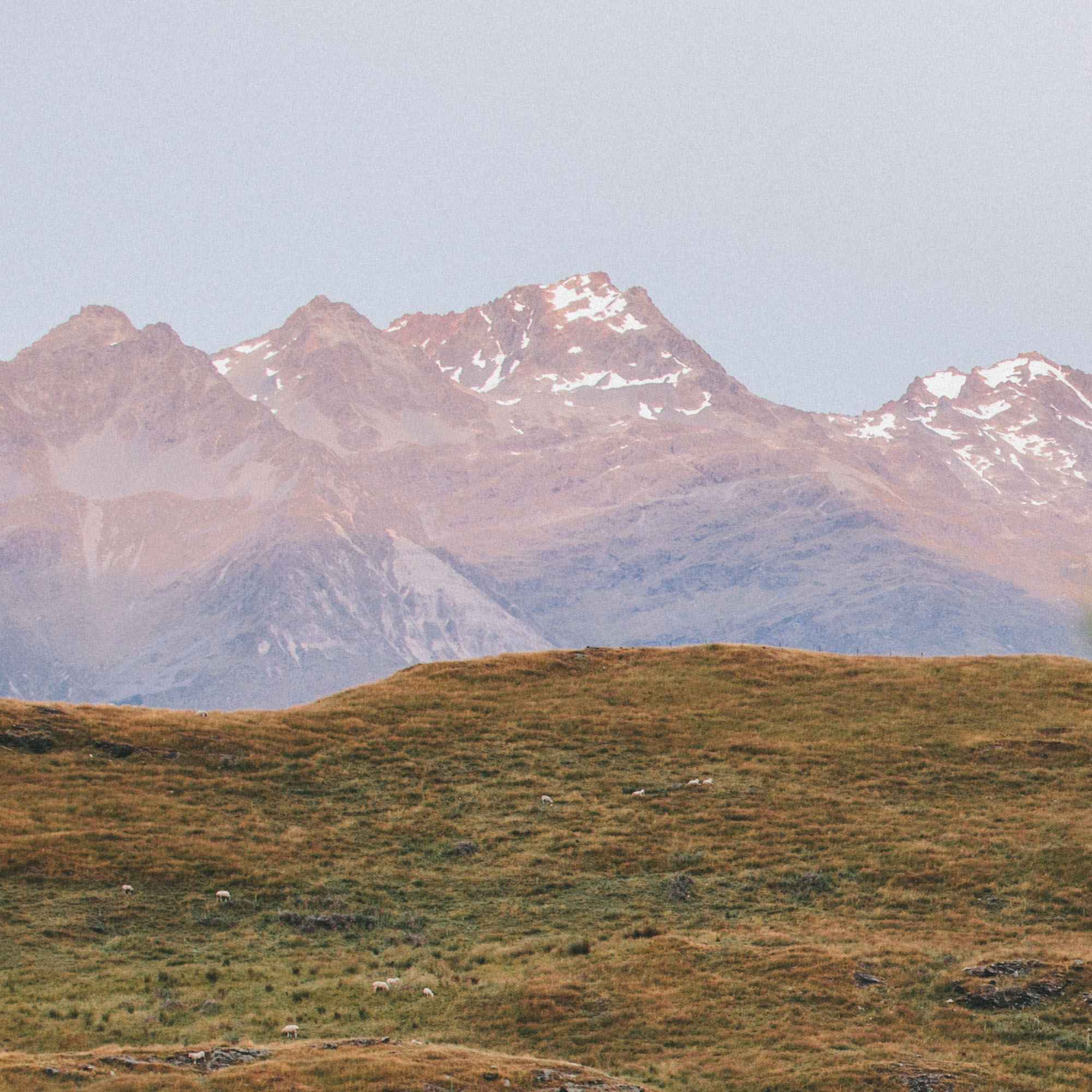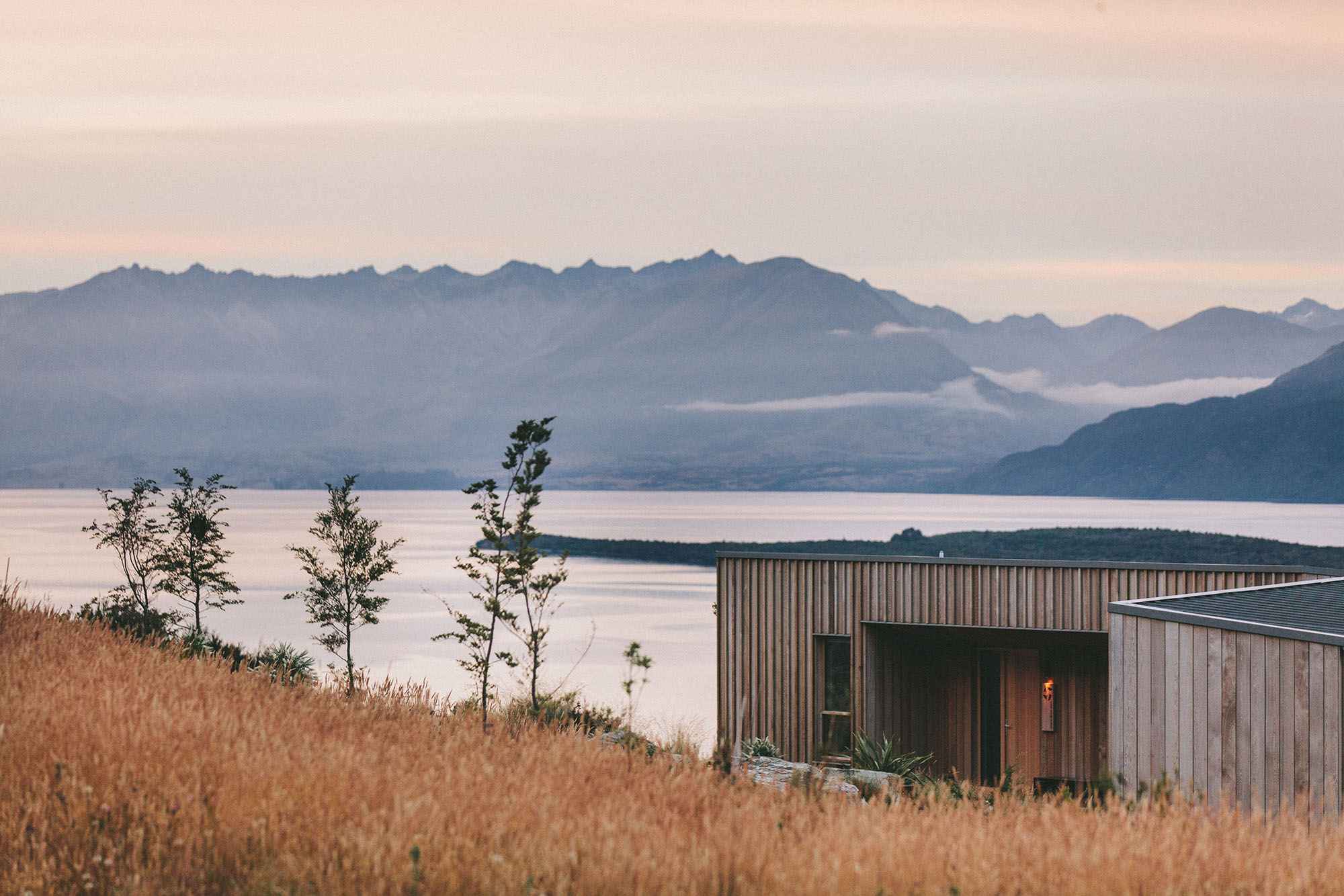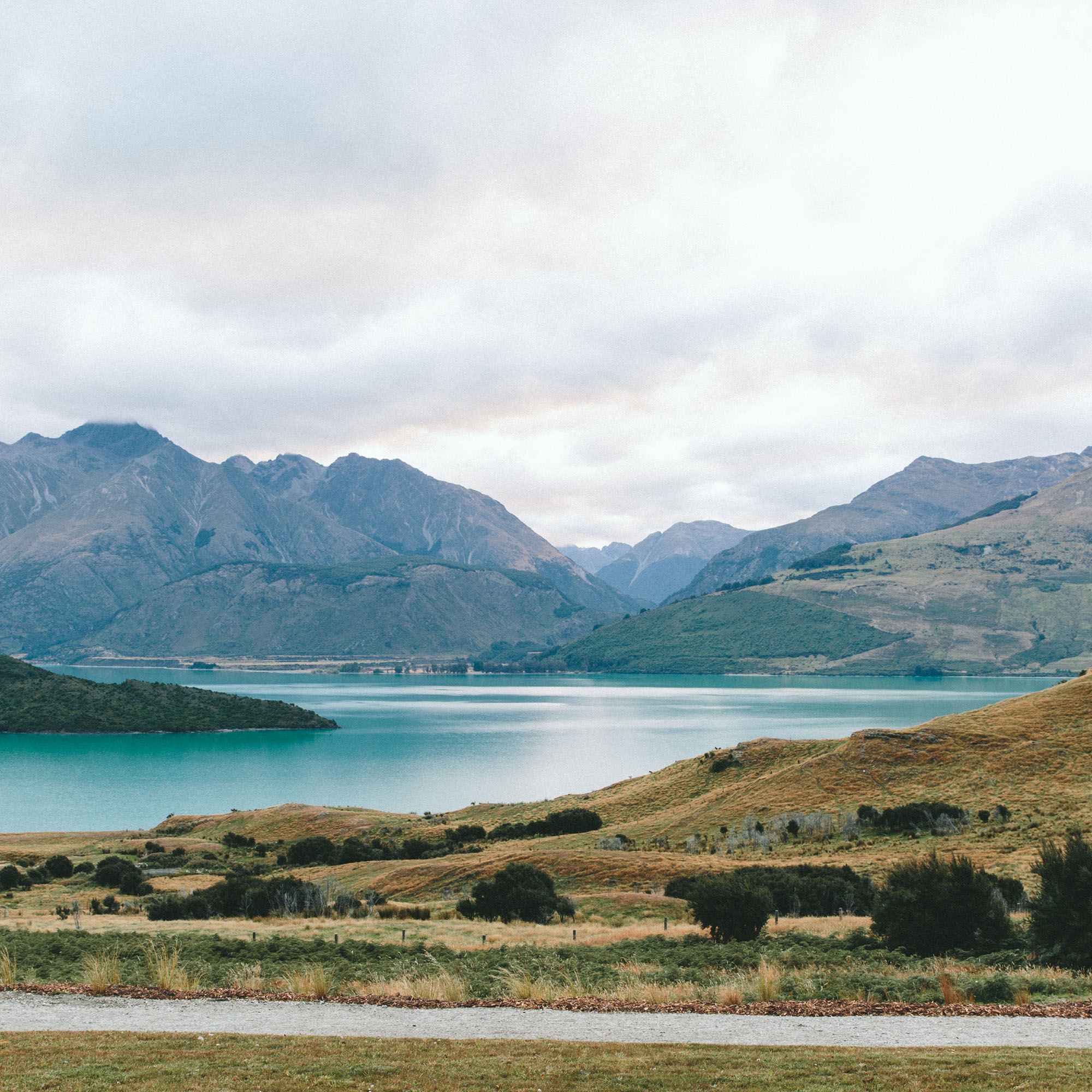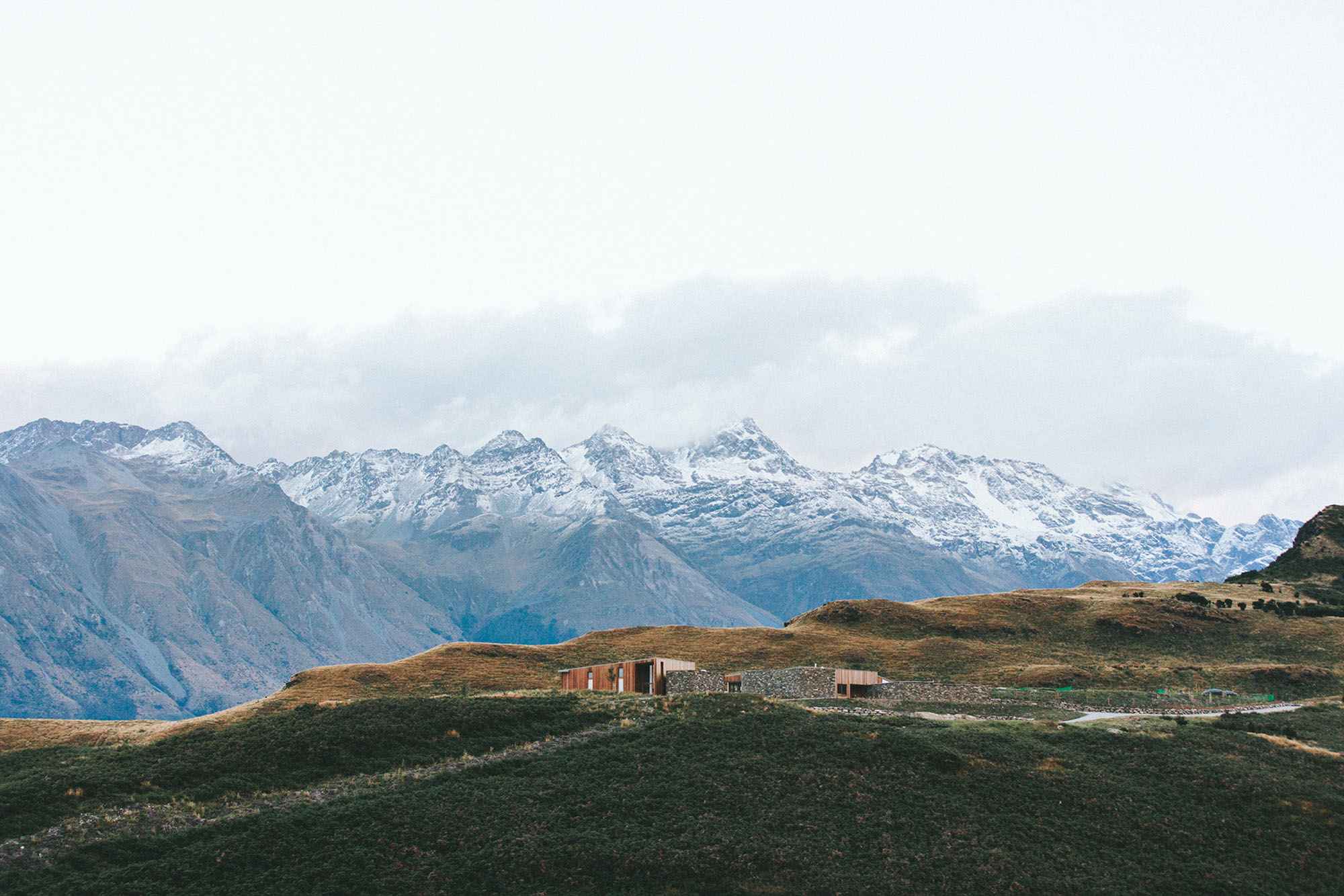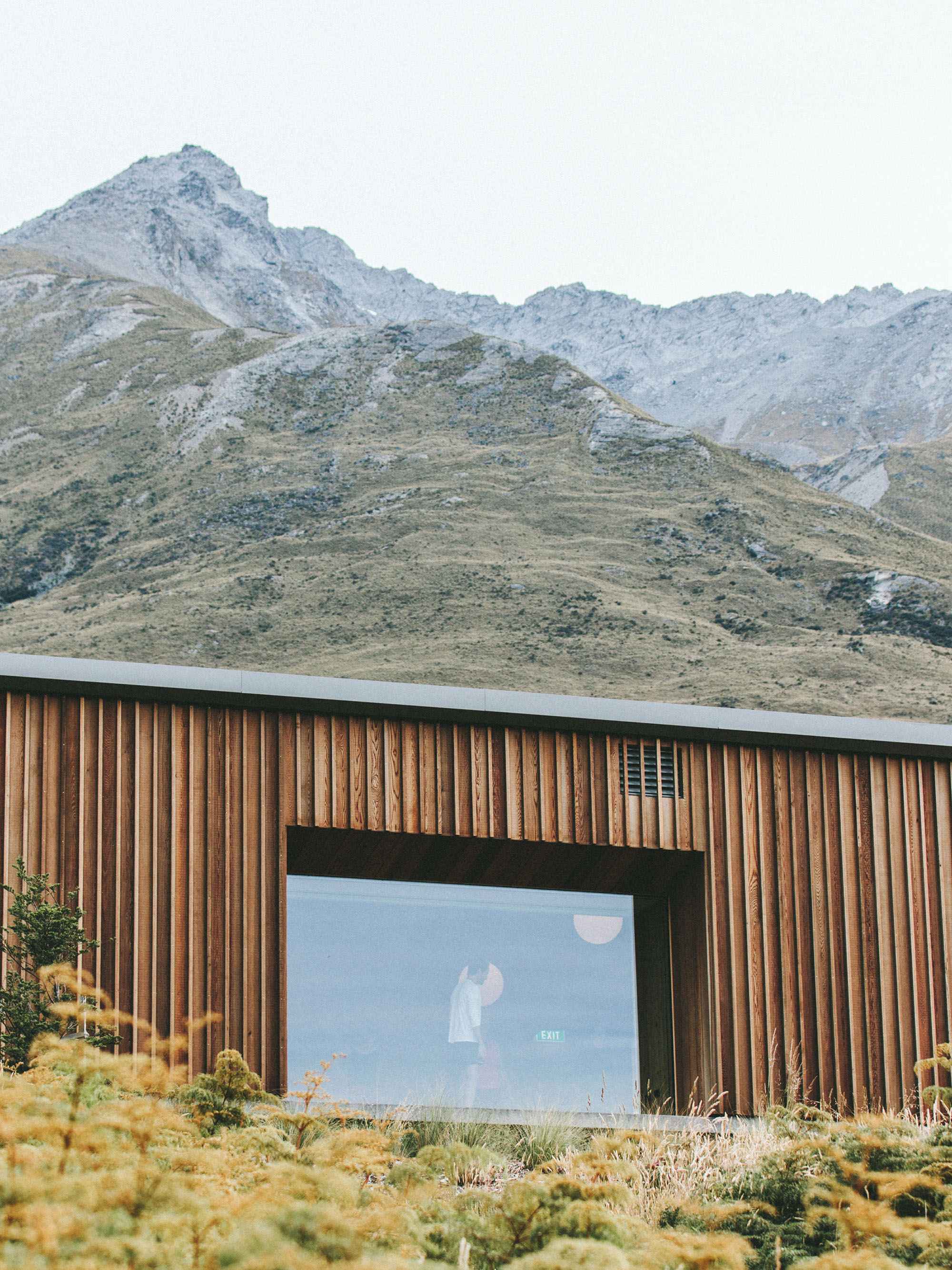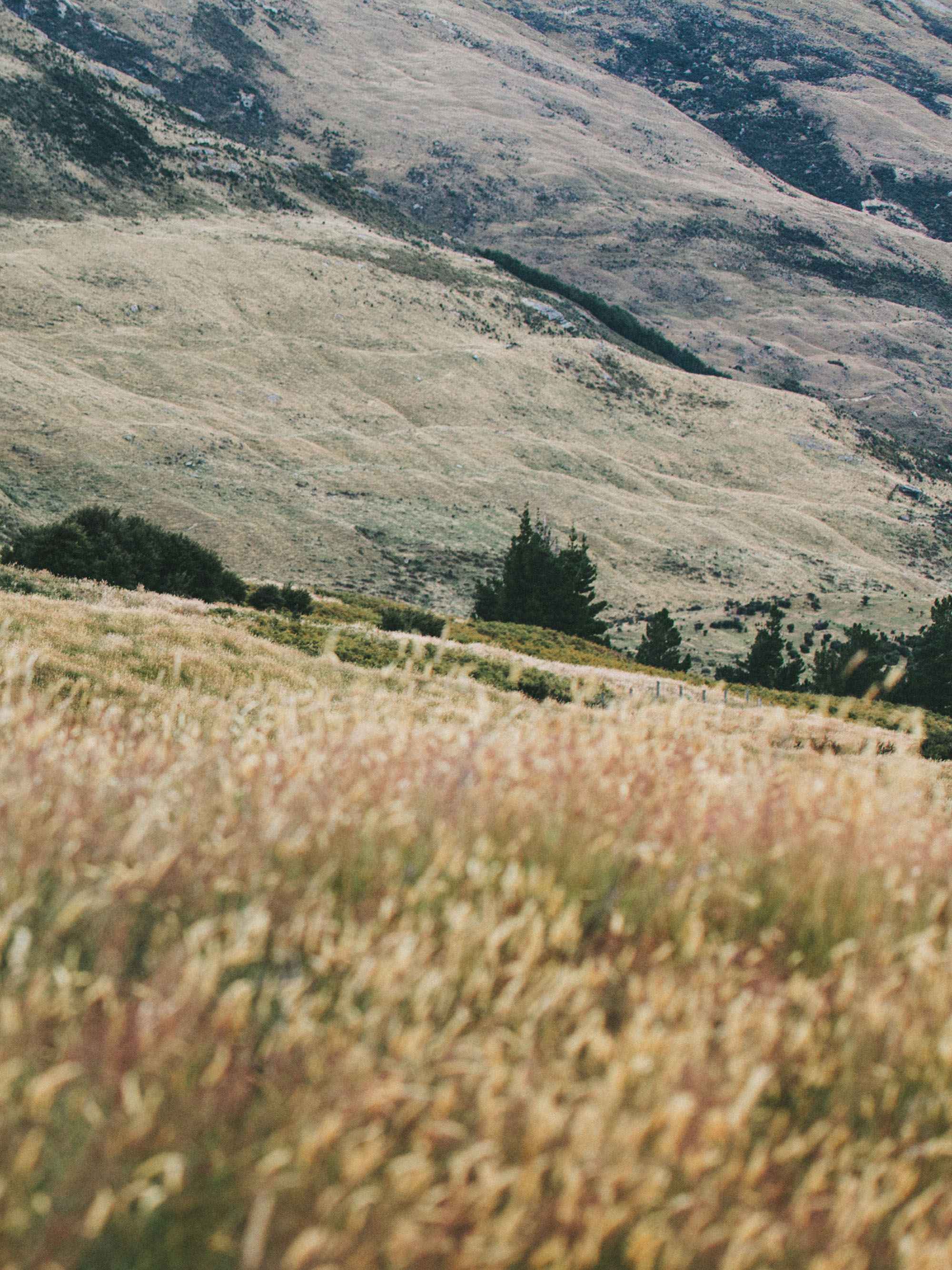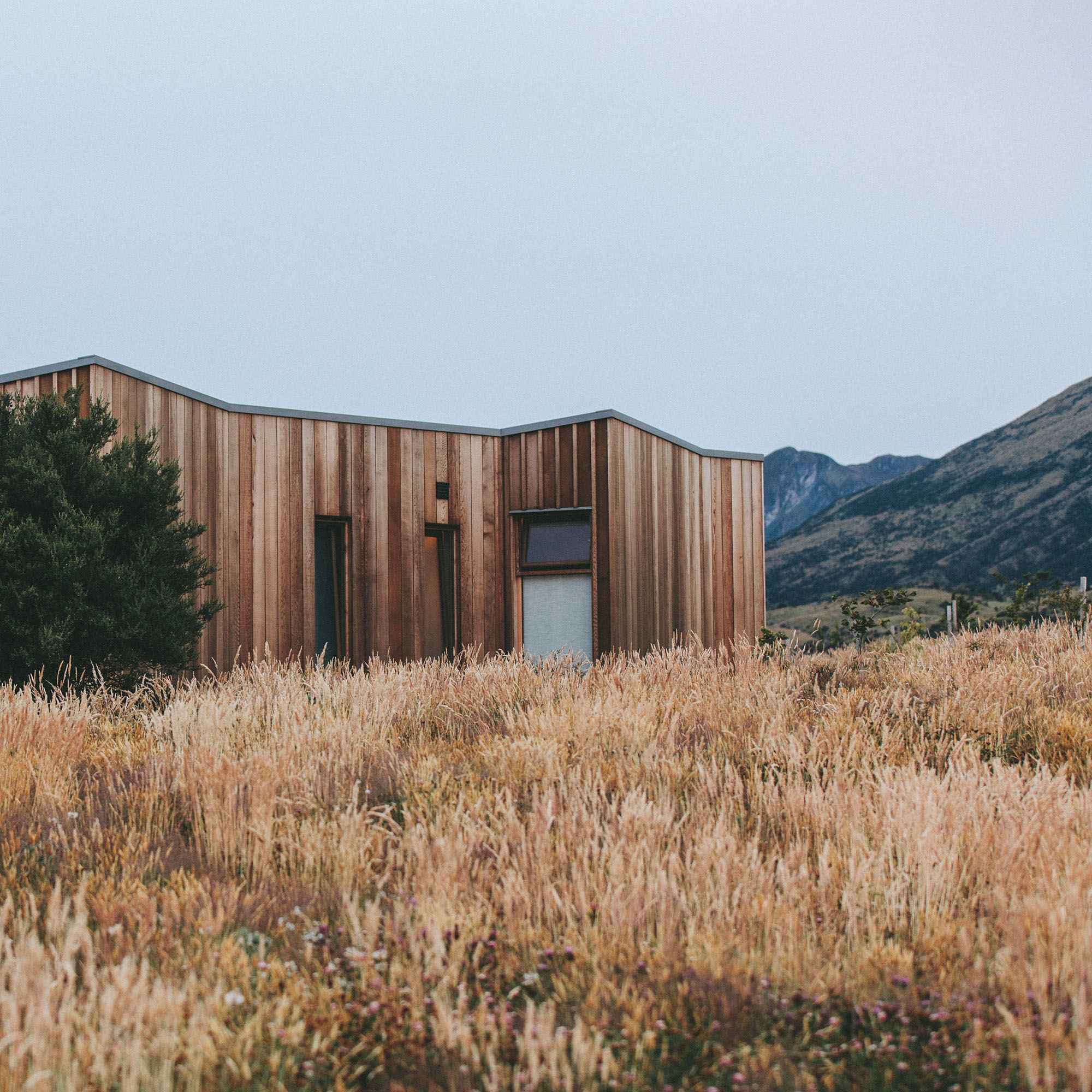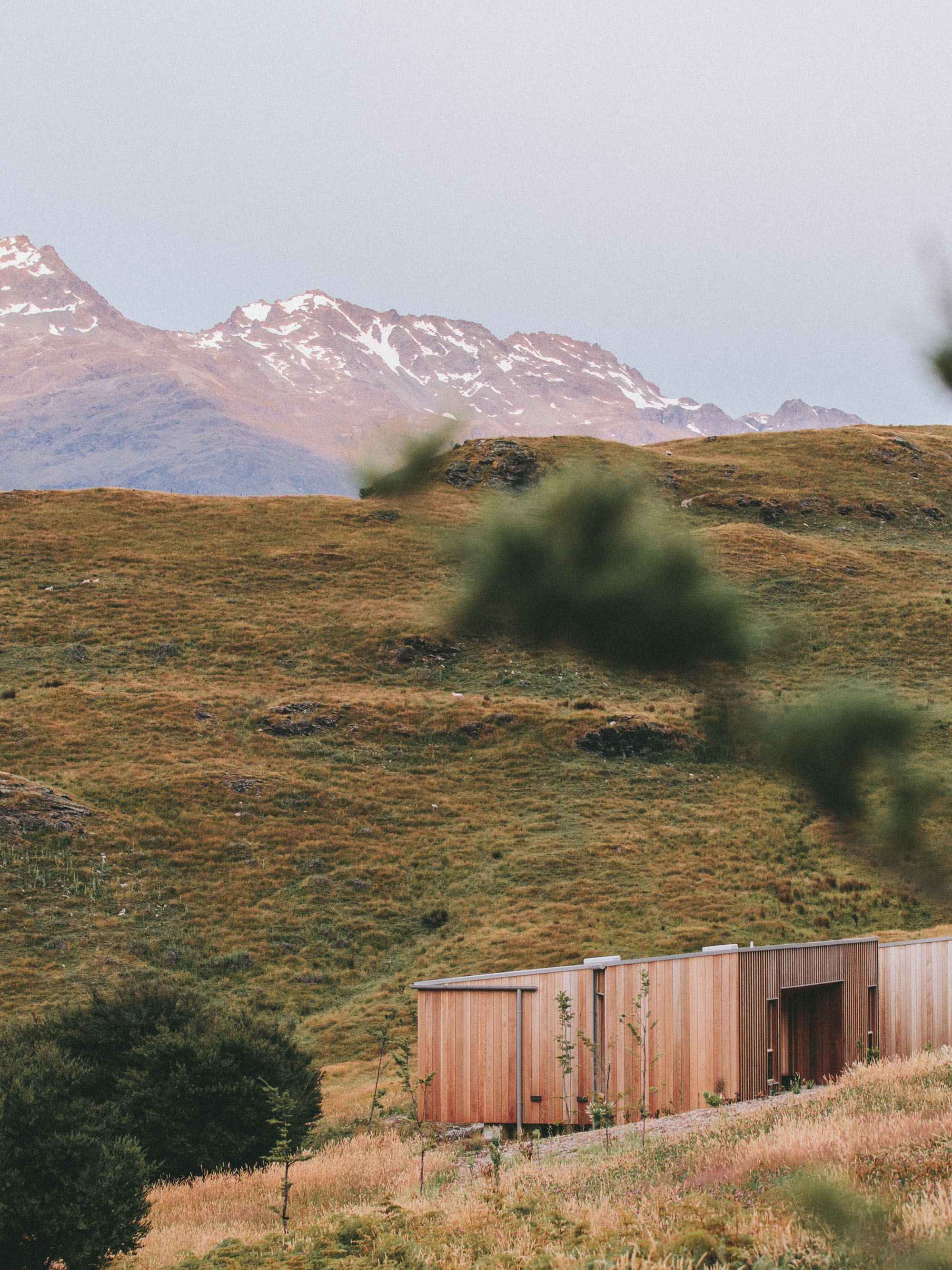9 Days in South Korea
Our impression of South Korea prior to visiting was that it was the land of coffee shops, BBQ, and KTV. And while these all remained true, we discovered that there’s more to this country than we originally thought. From beach towns (not Jeju island) and national parks to traditional hanok villages and night markets, South Korea surprised us as we traveled across the country. We spent just over a week traveling between Seoul and Busan, with a detour to Sokcho on the eastern coast. This left almost all of central South Korea still foreign to us and will definitely warrant another trip in the future. Now, I kid you not, I’ve put on a K-pop playlist to bring me back to South Korea as I recount our time there. I don’t usually even listen to K-pop.
Days 1-4: Seoul
Starfield COEX Mall and K-Star Road
The Han River runs through Seoul and, while many of things we planned on doing were north of the river, we spent the better part of a day exploring some areas south of the river.
We started at Starfield COEX Mall, mainly to see the large Starfield Library that visitors love to take Instagram photos of. Here’s ours:
Outside from the library, the rest of the mall doesn’t boast anything in particular. It was large—though a bit stuffy when we went—and had a lot of shops and eateries. It’s a mall to roam around and get in a nice day of shopping.
The mall shares a block with an aquarium, convention center, hotel, and a statue of the famous Gangnam Style hands.
We continued our day walking up towards Cheongdam and K-Star Road. K-Star Road is a well-known shopping street and some would say it’s South Korea’s Rodeo Drive. It’s lined with luxury brand stores—and expensive-looking architecture to match—along with a bunch of bear statues honoring various K-pop stars. It was a fine walk even though we didn’t do any shopping.
Seoul Forest Park
This park is right outside the Seoul Forest metro stop, making it very accessible from all around Seoul. It’s full of nature and is similar to places like Golden Gate Park and Central Park in the sense that it’s a green escape in an urban area. We went during an autumn evening and many of the people we saw were taking pictures with the fall foliage. But, I bet there would be more picnickers and park-goers on warmer days.
We then walked to Under Stand Avenue, which is a little outdoor complex with small shops in shipping containers. Just as we were about to leave, we stumbled across a caricature and decided to get one made for us. We waited in line for a little bit and then sat down for our drawing. It was probably less than ten minutes of sitting and randomly smiling at the artist every time she looked up before our caricature was done. We loved it especially because the style was different than ones you’d typically get. Who knows, though, maybe one day we’ll get drawn up as big-headed caricatures riding in a convertible along Venice Beach and we’ll actually like it.
Gyeongbokgung Palace, Samcheong-dong Street, and Bukchon Hanok Village
To get a glimpse of traditional South Korean culture, head towards Gyeongbokgung Palace and spend the day exploring it and its neighboring areas. The old royal palace is a popular attraction for hanbok-wearing tourists to stroll around, take pictures, and visit the museum. There are free guided tours but we opted to walk around on our own.
Outside the palace walls are contrasting Samcheong-dong Street and Bukchon Hanok Village—the former is a more modern street of shops and restaurants and the latter is a small village of traditional Korean homes (hanok). We enjoyed walking around both and they’re really close so it’s easy to get from one to the other. Samcheong-dong Street was lively, but not as crowded as the Hanok Village was. Both places had plenty of food, drinks, and shopping so you won’t be left without something to do. It was nice to see the traditional homes in the Hanok Village and nice to know that people still live there today. It’s just as much a residential area as it is a tourist attraction so there are signs reminding visitors to keep the noise level down and be respectful to neighbors.
At some point during our exploration, we stopped for a bingsu break and it was so good.
We recommend:
Boobing Gahoe Branch - many bingsu flavors (note that they required one order per person when we went so it’s best to go when you have a craving or know you can eat your own bingsu; it’s super light anyway!)
Seoul City Wall, Ihwa Mural Village, and Marronnier Park
Seoul used to be a fortress with a wall surrounding and protecting the city for over 600 years. Much of the wall is still intact today and you can walk along it near the Dongdaemun area of the city. We started our walk at the bottom, near Dongdaemun station, and hiked up towards Naksan Park, stopping to take in the views of the city along the way. The crowd dispersed as we got higher and the views only got better, so I recommend taking the time to continue on well after the first few minutes.
Before getting to Naksan Park, you can turn towards Ihwa Mural Village (you’ll start seeing signs pointing in the direction of it). I didn’t know what to expect and found that it was a very quiet neighborhood perched atop a hill. It felt cooler, calmer, and like a quiet getaway from the hustle and bustle of Seoul’s city center. Random murals are painted on the walls and buildings in this neighborhood which added character. There are also a few restaurants and coffee shops.
We continued walking to Marronnier Park, where a local arts and theater festival was happening. It’s situated near art centres and theaters, making it a popular location for performing arts events such as this one. We watched a comedic juggling act, instrumental performance, beatboxers, and breakdancers as the sun went down behind us. Most of it was spoken in Korean so we didn’t understand, but it was really fun to see the locals admire the performers and react with such excitement and enthusiasm. You don’t need to understand the language to know when people are having a good time.
Night Markets
Like much of Asia, South Korea has a ton of night markets to choose from. We didn’t get to go to all of the them, but here were our thoughts on the ones did visit.
Hongdae Food Street
I’m not sure if it was because Halloween was approaching or if it’s always like this, but Hongdae was so packed that they had to have officers police the area. It’s a long stretch of stalls lined up right next to each other and they ranged from small toys to street food snacks. We moved at a snail’s pace navigating through the entire street and only pulled over a few times to grab some bites. We did venture through some of the surrounding alleys and they looked like they had some good restaurants and bars for anyone wanting to sit down for their meal.Myeongdong Night Market
Myeongdong was not as busy as Hongdae, but still had a lively atmosphere. It’s nestled between bigger brand name shops (like well-known Korean skincare brand, Laneige) so it’s a better area for shopping than some of the other markets and food streets.Tongin Traditional Market
This one was the most local of the markets we went to in Seoul. It was smaller, quieter, and sold more produce and local delicacies. There were still some places selling popular market snacks like hotteok and corn dogs, but we noticed more mom-and-pop shops with tables and seats offering full meals.
Days 5-6: Sokcho
Sokcho
When we were considering places to go in South Korea, Sokcho was not even on our original list. We wanted to do something a little different and slightly lesser known so we looked around the map and saw Sokcho and its neighboring national park, Seoraksan. The pictures looked gorgeous and going to a small coastal town for a few days seemed like a nice way to break from busy cities like Seoul and Busan.
We took a bus to Sokcho from Seoul which took around 2.5 hours. It was comfortable, spacious, and the easiest way to get to this area.
The town is rather small, with popular attractions being Sokcho Beach, Abai Fishing Village, and Sokcho Tourist and Fishery Market. We did all of these in one evening, walking from the beach to the market, passing the fishing village along the way. It wasn’t the nicest walk in terms of things to see, but you do see the local businesses of the fishing village from afar and walk along a well-lit bridge.
The market had a lot of food stalls but all the ones that looked good to us had long lines. Instead, we opted to splurge on a king crab meal at a sit-down restaurant after walking around. It was around $150 for the crab we chose but, boy, was it a big one. The meal also included banchan (Korean side dishes) and crab fried rice (for an extra dollar or two, I believe). It was a delicious and indulgent dinner.
Seoraksan National Park
On our second day in the Sokcho area, we woke up bright and early to take the local bus to Seoraksan National Park. The bus station was around a 10-minute walk from our stay and the bus ride was another 30 minutes. It was packed with both local and foreign tourists wanting to visit the park first thing in the morning.
There are a lot of trails and temples to see in the park, but our main goal was to do the Ulsanbawi Trail. The trail itself is just over 4 miles out-and-back, which is around the distance we usually like for short hikes, but it consists of a ton of stairs which makes it much more challenging. We took many breaks, sweated a ton, and gripped onto the handrails as we ascended the mountain.
Regardless of how we felt during the hike, it felt awesome to reach the top. Not only was the mountain breeze extremely refreshing, the views of Ulsanbawi Rock were breathtaking. See for yourself below.
We took in the view and munched on some snacks before making our way back down and heading back to Sokcho.
Days 7-9: Busan
The train ride from Seoul to Busan is about 2 hours, but since we were coming from Sokcho, we needed to take a bus back to Seoul first and then the train from Seoul to Busan. In another world it could have been fun to rent a car and do a 5-hour road trip between Sokcho and Busan, but we opted for public transportation this time around.
Seomyeon
We stayed in the Seomyeon neighborhood because we wanted a lively area with access to the metro. Both of Busan’s popular train lines, Line 1 and Line 2, run through Seomyeon station so we thought it would be central and convenient for us to stay there.
During the day, Seomyeon feels local, with family businesses opening up shop and people going to work. At night, the lights come on and the streets becoming bustling with people going out for dinner, shopping, and just walking around to enjoy the atmosphere. Seomyeon’s main shopping area and its cafe street are two of the popular spots for going out and we found ourselves in one or the other each night we stayed here.
We recommend:
Homac Hotteok and Beer - savory hotteoks with a good beer selection and other bar appetizers (multiple locations, but the Seomyeon location is at 33 Seomyeon-ro)
Gwangalli Beach
We heard that Busan has two main urban peoples, Haeundae and Gwangalli, with the former being more catered towards tourists and the latter being more of a local favorite. We decided to check out Gwangalli since it seemed to be more low-key and it was half an hour closer to us than Haeundae was.
Overall it was a vast, clean beach with nice views of the city on both ends. It was fairly empty during the weekday with only one pair of foreigners sunbathing. Otherwise, it was mostly locals going for midday strolls along the beach, some possibly during their lunch breaks. We brought our swimsuits and a beach bag with the intention of laying out for a while, but quickly learned that sunbathing and swimming in the ocean aren’t popular things to do in South Korea! We didn’t want to be the only ones in swimsuits (aside from the two other foreigners in their trunks) on a beach where everyone was fully covered from head to toe. So, we just ate our convenience store gimbap and took in the views before heading back to our hotel.
We were debating on going back to Gwangalli for the drone shows they have at night but laziness got the best of us. We watched some of it on YouTube, though. I’m sure it’s not the same, but it gave us the gist.
Nampo-dong and Jagalchi
The Nampo-dong and Jagalchi area is also popular with visitors because of its proximity to the metro, multiple markets and food alleys, shopping, restaurants, and Gamcheon Culture Village.
We saw Gamcheon Culture Village on social media and it was often described as being the “Positano of South Korea”. It’s a hillside village with colorful houses that make for pretty photos, but we didn’t find it to be as vibrant in person. We’ve known some people to spend hours walking around the village, but we decided to roam around markets instead and just viewed the village from the street.
In our search for Nampo-dong Food Alley (which we still aren’t certain that we found), we stumbled across Jagalchi Fish Market, BIFF Square, Gukje Market, and Bupyeong Kkangtong Market. This is how I’d quickly describe each of them:
Jagalchi Fish Market
I believe it’s one of South Korea’s largest seafood markets, if the not the biggest! Great for anyone looking to buy fresh seafood (we weren’t) and not surprisingly, the market is very… wet.
BIFF Square
BIFF stands for Busan International Film Festival so the food stalls here are accompanied with handprints of Korean actors. Imagine a food market along the Hollywood Walk of Fame with skincare shops along the side. That’s what BIFF Square feels like.
Gukje Market
Head a bit north from BIFF Square and you’ll find Gukje market which has more stalls selling a variety of home goods and some food.
Bbupyeong Kkangtong Market
Right across the street from and carries more food stalls than Gukje Market. It’s a huge maze of stall-filled alleys and, more than once, we asked ourselves if we’ve “been down this way yet”. It’s easy to get lost, so if you find something that looks interesting, just get it!
If we ever find ourselves back in South Korea, we’d probably check out Jeju Island, more cities in the central part of the country, and certainly more national parks! Overall, South Korea was a great balance of city, coastal, and mountain vibes—we really enjoyed our time there.









